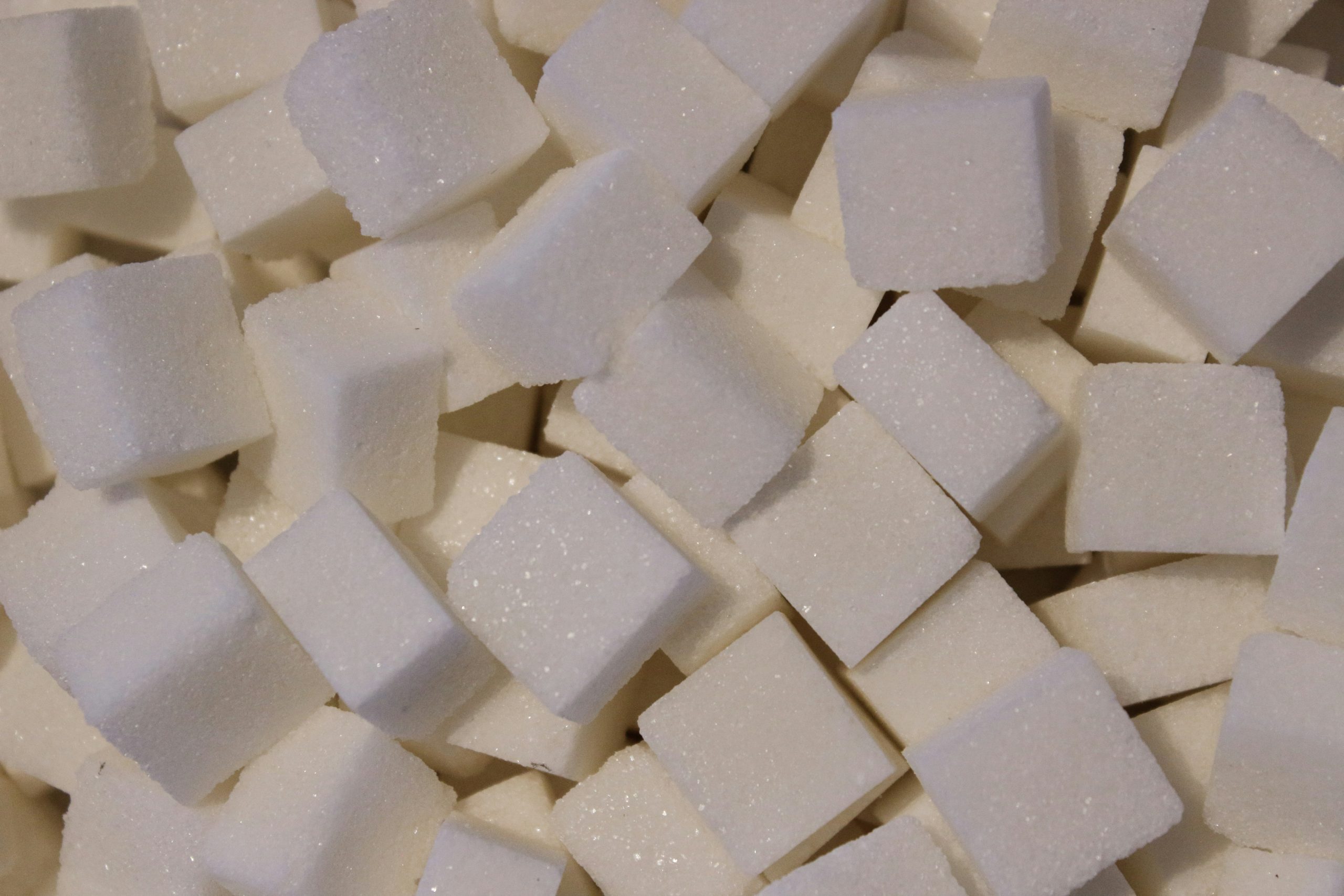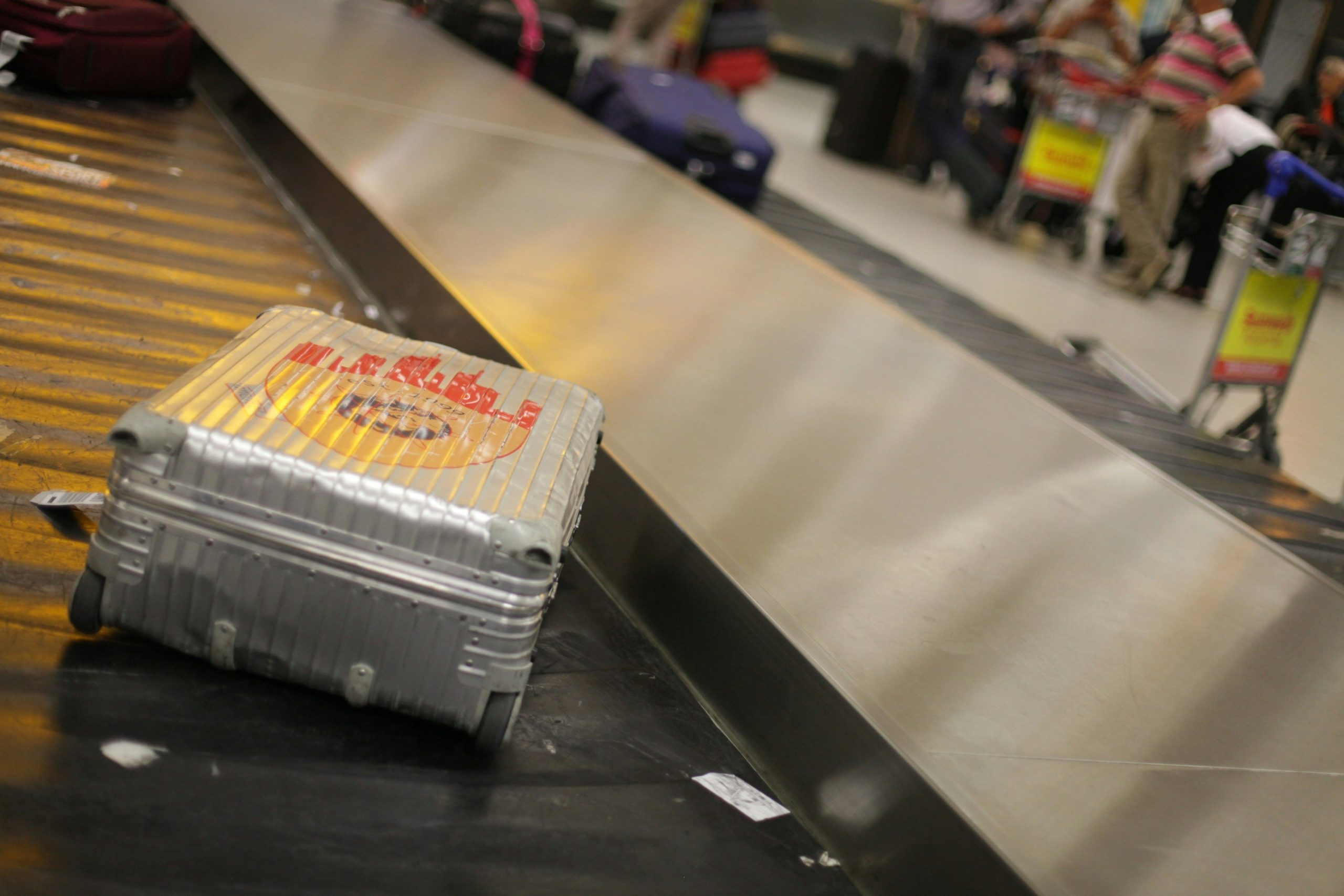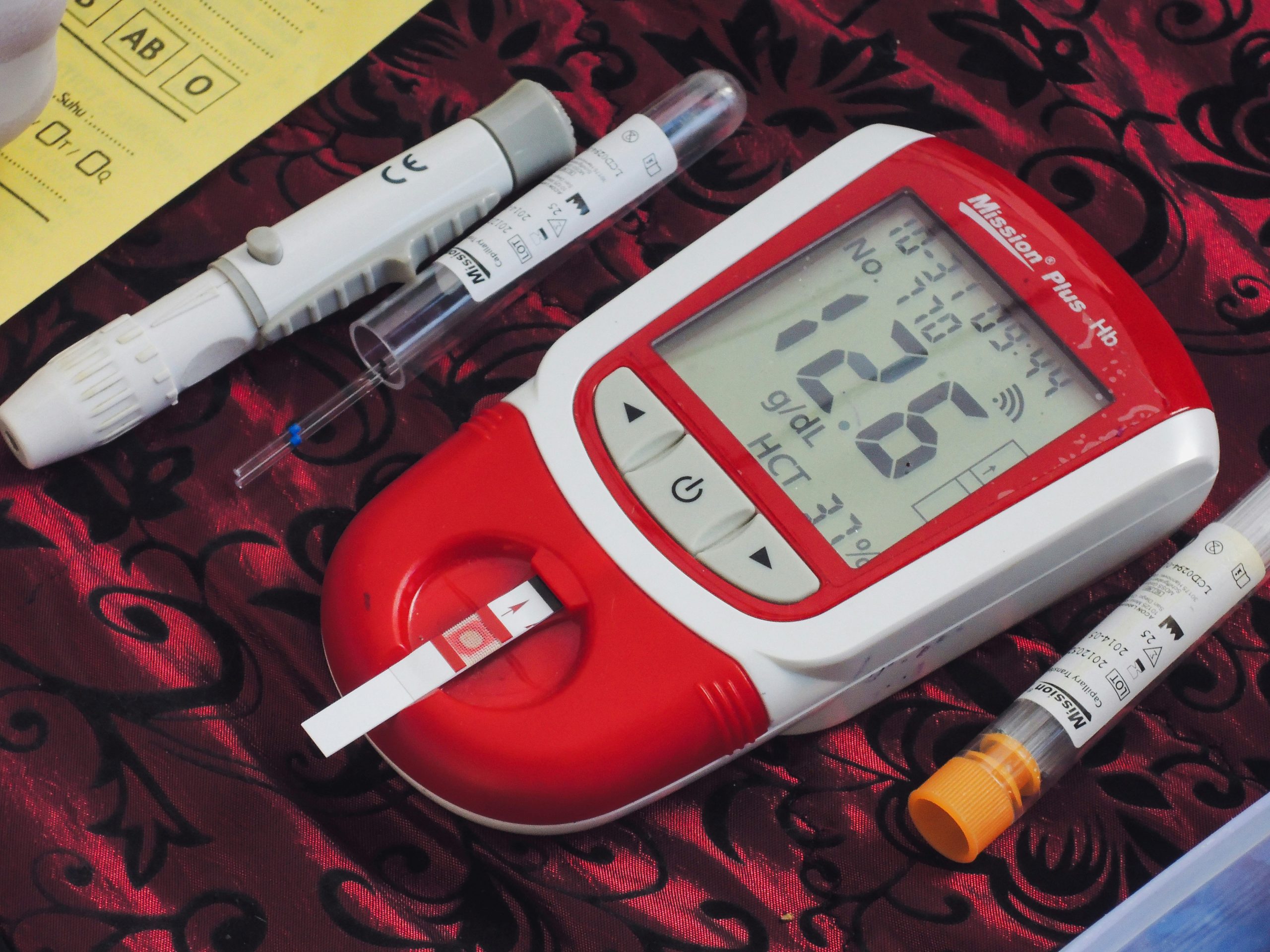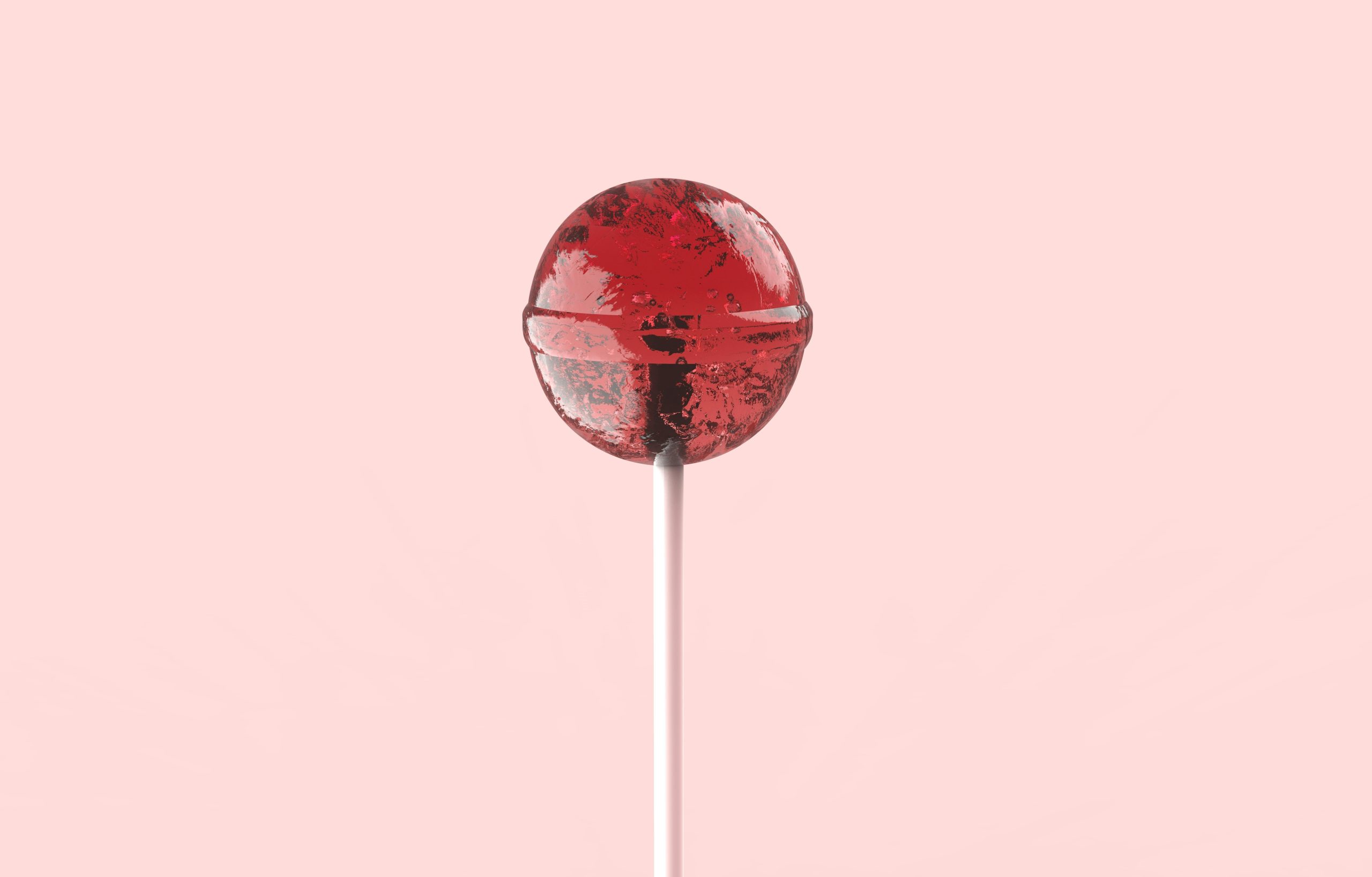-

Is the habit of eating a lot of sugar, by itself, the direct cause of Type 2 diabetes?
1. Sugar and Diabetes: A Direct Cause? ‘Eating a lot of sugar causes diabetes’ is one of the most widespread myths. While it is an undeniable fact that sugar intake is closely related to diabetes, sugar itself does not directly attack the pancreas to cause the disease. The relationship is a bit more complex. 2.…
-

Is the general post-meal 2-hour blood sugar target for most people with diabetes below 180 mg/dL?
1. Why is Post-Meal Blood Sugar Management Important? In the past, managing fasting blood sugar was considered more important, but recently, the importance of ‘post-meal blood sugar’ management in preventing long-term complications has been emphasized. This is because ‘blood sugar spikes,’ where blood sugar rises sharply after a meal and then falls, cause oxidative stress…
-

If blood sugar is not well controlled, does the risk of gum disease (periodontitis) increase, and conversely, can gum disease make blood sugar control more difficult?
1. The Two-Way Relationship Between Diabetes and Gum Disease Diabetes and gum disease (periodontitis) have a very close ‘two-way relationship’ where each condition can worsen the other. People with diabetes are more susceptible to gum disease, and severe gum disease can make blood sugar harder to control. For this reason, gum disease is sometimes called…
-

When a person with diabetes travels by plane, is it safest to put insulin and blood glucose meters in checked baggage?
1. Travel Preparation: Safety First With thorough preparation, people with diabetes can enjoy safe and pleasant travels. How you pack your medications and medical devices is particularly important, and air travel requires special attention. 2. Why is Checked Baggage Not Okay? The cargo hold of an airplane has a very different environment from the passenger…
-

Is an insulin pump a device that automatically infuses a small amount of insulin (basal insulin) throughout the day according to the user’s settings?
1. What is an Insulin Pump? An insulin pump is a small electronic device, about the size of a mobile phone, that mimics the function of a healthy pancreas by continuously delivering insulin throughout the day. It is primarily used by people with Type 1 diabetes or people with Type 2 diabetes who require multiple…
-

For an unconscious patient with hypoglycemia, is putting candy or juice in their mouth the best first aid?
1. Unconscious Patient: The Most Important Thing is to ‘Secure the Airway’ A situation where a patient has lost consciousness due to hypoglycemia, or is so dazed they cannot swallow properly, is a dire emergency. The first things to consider are the patient’s safety and ‘securing the airway.’ 2. Why You Shouldn’t Put Food in…
-

When symptoms of hypoglycemia occur, is it most effective to respond first according to the ’15-15 rule’?
1. The Golden Time for Hypoglycemia First Aid Hypoglycemia is an emergency that requires immediate action. What and how much you eat at this time can determine whether your blood sugar recovers effectively or shoots up into hyperglycemia. The ’15-15 rule’ is the most standard and effective first-aid method for hypoglycemia used worldwide. 2. What…
-

Since people with diabetes can have reduced sensation in their feet, is it safer to check the bathwater temperature with their hands instead of their feet?
1. Diabetic Neuropathy and Foot Risks One of the most common complications of diabetes is ‘diabetic peripheral neuropathy.’ This refers to nerve damage, especially in the feet, which are the farthest part of the body, due to prolonged high blood sugar. When nerves are damaged, the ability to feel pain, temperature, and pressure gradually dulls.…
-

When you are sick with a cold or stomach flu and can’t eat well, should you temporarily stop your diabetes medication or insulin injections?
1. The Paradox of ‘Sick Days’ It’s easy to think that if you can’t eat properly because you’re sick, your blood sugar will drop. However, when our body is sick from illnesses like a cold, flu, or infection, it perceives this as a ‘stressful situation.’ Stress hormones (like cortisol and adrenaline) are released, causing the…
-

Does the ‘dawn phenomenon’ refer to a rebound spike in blood sugar in the morning after it drops too low during sleep?
1. Two Main Causes of Morning High Blood Sugar Many people with diabetes experience high fasting blood sugar in the morning. There are two main causes for this: the ‘dawn phenomenon’ and the ‘Somogyi effect.’ It is important to distinguish between them as their causes are completely different, requiring different approaches. 2. What is the…
DangTalk download | PESS Mining | PiSTORE | Naver Cafe
